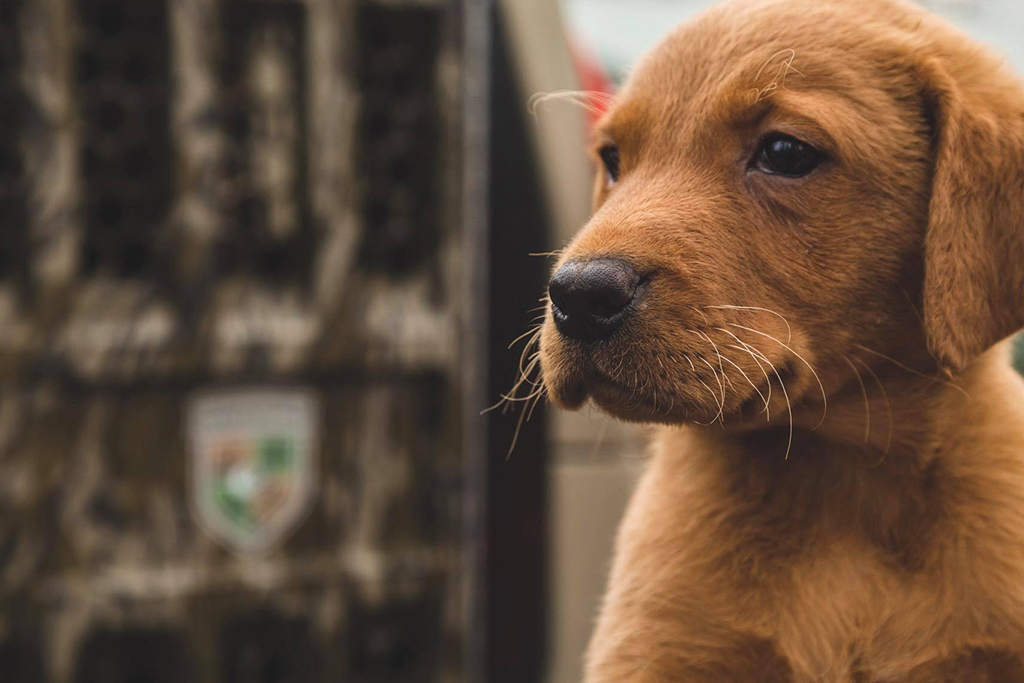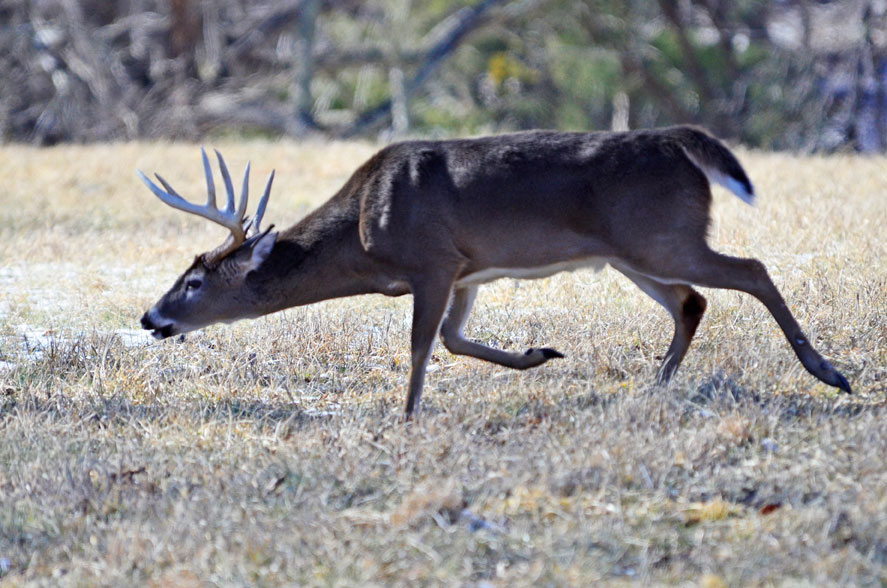
When you get home with your puppy (hopefully not until the age of eight to ten weeks) the following DOs and DON’Ts should be put in practice immediately by you and all members of your family. The first two relate to crate training for a pup to be kept inside and the remainder relate to establishing the “pack” order with the pup and socializing them.
Puppy Crate Training
1. Don’t let the puppy roam freely in the house without supervision. If you are not actively engaged with them, put them in their crate.
2. Let your puppy out of the crate at regular intervals and immediately take them outside for a potty break.
Establishing The Pack Order
3. Take your puppy outside immediately after he/she eats and drinks.
4. Don’t give puppy toys to play with and tear-up, and by all means don’t get in a tug-a-war over a toy with pup.
5. Don’t let the puppy stand with a paw or paws on your foot.
6. Don’t let your pup go through any door (house, kennel, etc.) before you do.
7. Don’t let your pup sleep in the bed with you.
8. Don’t let the pup mouth or bite on your hand.
9. Don’t “work your puppy up;” keep him in a calm state of mind.
10. Don’t encourage your pup to bark at objects or people.
11. Make sure to get your scent on their food at feeding time.
12. Don’t let the pup eat their food until told it is “OK” to eat.
Socializing Your Puppy
13. Socialize the puppy as much as possible. Take them for walks around the neighborhood and let them socialize with other dogs and people. Ride them in your vehicle and when allowed, take him/her into stores with you. Either hold the puppy or have them on a leash when out in public areas.
For more details on crate training your puppy, watch Bill Gibson, Kennel Master of Mossy Oak GameKeeper Kennels, explain a few key steps in “How To Crate Train a Puppy.” Crate training a puppy is a simple concept that is easy to do. To ensure crate-training success, you must remain consistent.




























